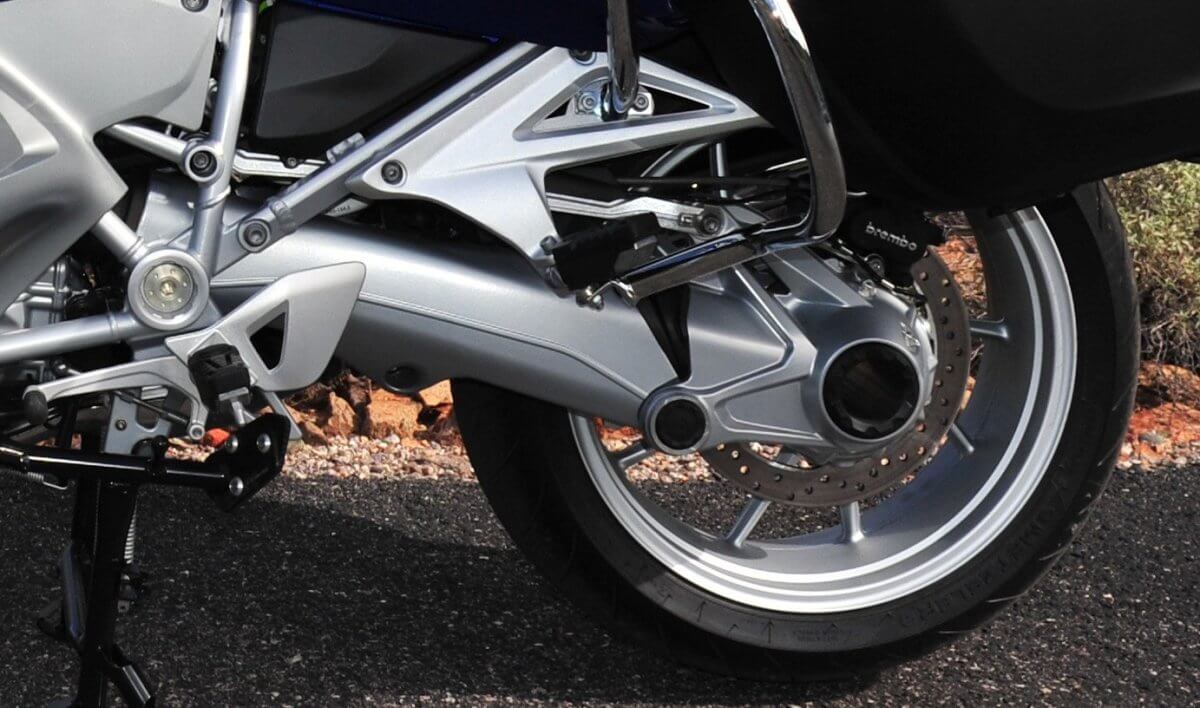MOTORCYCLE FINAL DRIVE TYPES

It doesn’t take much for us motorcyclists to figure out that the engine’s power is transmitted to the transmission and finally to the final drive, regardless of type.
There are three types of final drives not including the electric motor. Manufacturers choose the type according to intended usage (segment) and cost, but as with other parts of the motorcycle, each solution has its positive and negative sides.
CHAIN
The roller-type chain is the oldest form of power transmission hence being the most common. In fact, there are also roller chains in the engine. Chain manufacturers may have come up with solutions to increase longevity and lessen power loss, but the basic design remains unchanged.

Motorcycle drive chain - Courtesy of www.izumichain.co.jp
Positives
• Less parasitic power loss.
• The chain can withstand massive amounts of power and torque, besides high speeds.
• Cheapest form of final drive.
• Ease of removable and installation.
• Gearing ratio change is easy.
Negatives
• Needs constant maintenance, as it must be lubricated every 300 miles, preferably cleaned first. It’s also advisable that you clean it after riding in a rainstorm. An insufficiently maintained chain will shorten its lifespan, sap engine power and cause higher fuel consumption.
• However, a freshly lubricated chain will fling chain lube all over the back end of the bike.
• The chain contributes some noise and it’s irritating when it’s dry.
• If a chain snaps, it may whip against parts of the bike and rider. It may also get trapped against the rear wheel, locking it up.
BELT
The drive-belt is used almost exclusively on cruisers, since its benefits are particularly loved by cruiser riders.

Belt final drive - Courtesy of topspeed.com
Positives
• No lubrication needed. Just hose off the dirt.
• Drive belts typically last longer than chains, depending on riding style and usage of course.
• (Much) quieter than the chain.
• No chain lube to be sprayed everywhere.
Negatives
• Drive-belts are made of tough stuff, thereby costing more than chains.
• Adjustment requires special tools and must never be misaligned.
• Changing ratios means removable of many other parts in the case of Harleys, plus you need a new belt of corresponding length when you change the size of either or both pulleys.
SHAFT
Shaft final drives are mostly fitted to heavyweight tourers and adventure bikes, where it is determined that these bikes keep going without the need for final drive servicing.

Shaft drive - Courtesy of motorcyclenews.com
Positives
• Little to no maintenance required since the shaft and gears are sealed in a housing.
• The lubricating oil is contained within that housing thus the rear wheel and parts of the bike can be kept clean.
Negatives
• The whole assembly is a hefty mass.
• It’s (mostly) maintenance free but make sure you’ve a defibrillator nearby before you look at the repair bill if something does break.
• Changing gearing is as impractical as it is expensive.